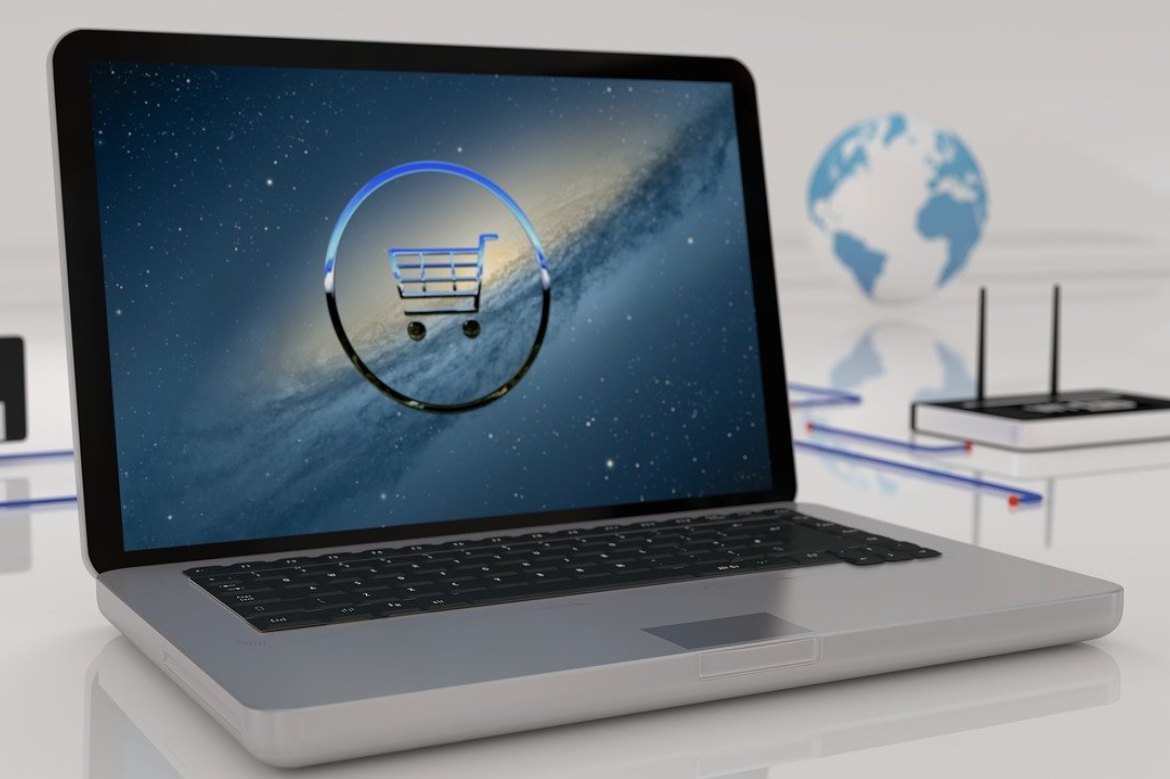E-commerce, surely that must mean something to you? E -commerce is simply the act of doing business online, that is, selling products (or even services) online. A distinction is made between B2C e-commerce, which consists of selling to consumers, and B2B e-commerce, which consists of selling online to companies. In this article, we will focus more specifically on B2B e-commerce, which is experiencing significant growth.
We therefore suggest that you make an inventory of e-commerce in B2B in order to understand the new market and buyer trends.
Table of Contents
Why Take An Interest In E-commerce In B2B?
E-commerce, B2C and B2B combined, now represents 13.4% of retail trade. It is experiencing rapid growth. To say, online sales have increased by 96.5% in 8 years.
Until now, there has been a lot of interest in B2C e-commerce, which has experienced and is still experiencing a meteoric rise. This rise has benefited a good number of e-merchants. And this dynamic is still valid today. Even today, 27,000 new e-commerce sites are created on average per year.
So what about the B2B e-commerce market? Well imagine that he too is experiencing a meteoric rise. It’s a market just as interesting as the B2C market! At the end of 2020, B2B e-commerce represented 24% of the total amount of sales made to professionals, which corresponded to ¼ of total sales. Today, the turnover of e-commerce in B2B is 4 times greater than that of B2C! It represents 9.5 billion euros worldwide, including 763 billion euros.
Big changes are happening in the world of B2B commerce . Companies therefore have every interest in taking advantage of all these changes and mutations that follow the digitalization movement.
The B2B Commerce Market, A Rapidly Changing Market
To understand how the B2B commerce market is changing , you have to understand how the buyers themselves are changing. You who are reading this article, are you perhaps a B2B company? If so, how well do you know the profile of the B2B customers you do business with?
Today, more than half of B2B buyers are millennials. But what is millennials ? As you know, each generation has its own way of seeing and thinking about the world. To better categorize them, we named them. In today’s society, we therefore find individuals who are “baby boomers”, others who belong to generation X, others to generation Y and then to generation Z, the youngest belonging to generation Alpha.
As we said, the majority of B2B customers are Generation Y. In fact, 73% of Generation Y individuals are involved in B2B purchases . But what characterizes this generation and how does it help to understand the rise of e-commerce in B2B?
Until a few years ago, B2B buyers were mostly baby boomers or Gen Xers. papers. In the B2B market, companies placed orders by e-mail or by telephone because they appreciated having some contact with their sellers or wholesalers (and that was also quite simply the way things used to be).
But today, with Generation Y taking center stage, buying habits have changed dramatically. Generation Y is a generation that grew up in the world of technology, surrounded by video games, computers, iPods, and smartphones. This is a very active generation on social networks who communicate a lot online with their mobile phone.
As for their purchasing behavior, they are an autonomous generation that prefers to seek information online rather than having recourse to assistance. 40% of this generation buys very regularly on the internet. Overall, she prefers to search for products online and buy them.
With this generation which is becoming more and more present, the typical profile of the B2B customer is necessarily changing and we cannot ignore it. 75% of B2B buyers today do their research online and 93% of professional buyers want to be able to do their B2B purchases online. And if the typical profile of the buyer in B2B evolves, the way of selling must also evolve.
The New Expectations Of B2B Buyers
As we saw just before, the new generation of B2B buyers want to be able to order and find information online . B2B buyers expect their suppliers and wholesalers to offer them different digital resources. 45% of buyers want personalized content on sales portals .
We therefore understand here that it is important to focus on creating a user experience . A brand’s website or sales portal must therefore offer a user experience that appeals to B2B customers. And the best way to achieve this is simply to learn from the buying experience of B2C e-commerce customers.
When you think about it, companies that buy from suppliers and wholesalers are also people who buy personal items online. They are therefore accustomed to a B2C-type purchasing experience. B2B buyers are therefore quite similar to B2C buyers and desire connected experiences. So for B2B purchases, all you have to do is offer them an experience similar to that in B2C for their needs to be met!
Thus, if companies manage to offer a B2C-type experience to their B2B customers, they will have real added value and a competitive advantage over their competitors.
The Impacts Of The Pandemic On B2B Commerce
The crisis that we experienced for two years due to Covid-19 considerably accelerated the development of e-commerce in B2B . Perhaps B2B companies used to see e-commerce simply as an additional (but not essential) opportunity to increase their turnover. But that’s not the case now!
The crisis has accelerated digitalization and revealed the full potential of getting into digital commerce . Companies have become aware of the importance of resorting to a complete and concrete digital transformation.
More and more companies are offering B2B e-commerce solutions . They are adapting to their B2B customers who have adopted new habits by starting to order directly online via extranet portals or dedicated platforms. Thus, B2B sales made on websites and online markets are accelerating and posting record growth.
The Rise And Trends Of E-commerce In B2B
It is certain that the B2B e-commerce market is on the rise. But concretely, what does this mean?
Today, we see that 37% of B2B buyers carry out all their procedures only online (order taking, negotiation, etc.). This phenomenon has gone on to register over time. Indeed, 34% of professional customers believe that it is now advantageous and simple to order on the internet than to go through telephone calls or email exchanges. And it can be seen now: 53% of companies with more than 10 employees already make purchases from an e-commerce site.
Finally, only 6% of B2B customers currently do not use an online marketplace. Even if it is minimal, this share should consider further digitizing its B2B commerce. A Gartner study estimates that within 5 years, 75% of B2B purchases should be made online. The majority of B2B supplier/buyer interactions will therefore take place through digital channels.
This confirms that the digitization of B2B businesses is indeed a trend that should gain more and more momentum in the long term. Over the next two years, 61% of companies plan to increase their investment in B2B e-commerce.
Also Read: E-Commerce Success Factors: Lessons Learned from the Crisis
Conclusion
The health crisis, social distancing, confinement, are all factors that have forced us to reconsider the way we work , meet and communicate together. The way we buy and spend has also changed, even more so with the advent of a new generation of shoppers. Now, whether in B2C or B2B, buyers prefer to turn to online shopping.
Digitization is a must and is leading to profound changes in the world of B2B e-commerce . This trend that we are seeing should take shape even more in the years to come. There is every reason to believe that companies that will be able to take advantage of these changes in B2B commerce will have their business very positively impacted.




